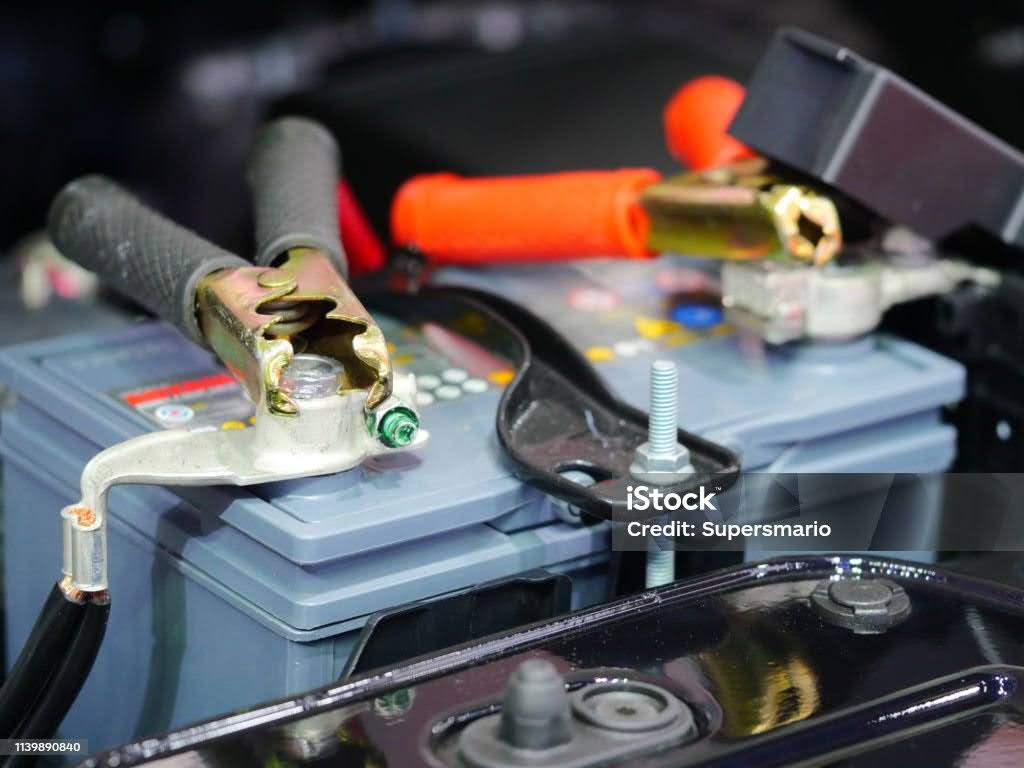Being stranded on the side of a Miami road with a dead car battery can be a frustrating experience, especially with the humidity rising and the sun setting. Understanding how to handle a dead battery is essential for every Miami driver. This guide will cover the signs of a dead car battery, common causes, and effective solutions tailored to the unique climate and driving conditions of Miami.
Signs of a Dead Car Battery
Recognizing the signs of a failing battery can help you avoid being stranded. Look out for these indicators:
- Engine struggles to start or fails to start completely
- Dimming headlights and interior lights
- Malfunctioning electrical systems (e.g., power windows, radio)
- Battery warning light illuminated on the dashboard
- Swollen battery case due to heat
- A sulfur-like smell (rotten eggs)
If you notice any of these symptoms, it’s crucial to have your battery tested as soon as possible.
Common Causes of a Dead Car Battery in Miami
Several factors can contribute to a dead car battery, particularly in the Miami climate:
- Age: Car batteries typically last between 3 to 5 years. In Miami’s heat, batteries may deteriorate faster. A 5-year-old battery might struggle to start your car during the hot summer months.
- Extreme Heat: Miami’s tropical climate can be tough on batteries. High temperatures can cause the battery’s electrolyte to evaporate, reducing its capacity. For instance, parking your car in direct sunlight for extended periods can lead to battery failure.
- Parasitic Drain: Leaving electrical components like headlights or the radio on while the engine is off can drain the battery. In humid conditions, where you might have the air conditioning running frequently, be mindful of battery usage.
- Frequent Short Trips: Miami’s traffic can lead to many short trips, which may not allow the alternator sufficient time to recharge the battery. If you’re only driving a few blocks to the beach or a restaurant, your battery might not get recharged adequately.
- Corroded Battery Terminals: The salty air in coastal areas like Miami can lead to corrosion on battery terminals, impeding electrical flow and potentially causing battery failure.
- Alternator Issues: If the alternator isn’t functioning correctly, it won’t recharge the battery while driving. Signs of alternator issues may include dimming headlights or electrical malfunctions.
How to Jumpstart a Dead Car Battery
If your battery dies, jumpstarting it can provide a quick fix:
- Find another vehicle with a fully charged battery and park it close to yours, ensuring both engines are off.
- Locate the battery terminals on both vehicles.
- Connect the red jumper cable to the positive terminal of the dead battery and then to the positive terminal of the charged battery.
- Attach the black jumper cable to the negative terminal of the charged battery and the other end to an unpainted metal surface on your car (not the dead battery’s negative terminal).
- Start the engine of the vehicle with the charged battery and let it run for a few minutes.
- Attempt to start your car. If it starts, let it run for at least 15-20 minutes to help recharge the battery.
Charging a Dead Car Battery
If jumpstarting doesn’t work, you may need to charge the battery:
- Remove the battery from your vehicle, ensuring the engine is off and the ignition key is removed.
- Clean the terminals with a mixture of baking soda and water to remove any corrosion.
- Follow your charger’s instructions for voltage and amperage settings.
- Connect the charger: positive to positive, negative to negative.
- Plug in and turn on the charger. Monitor the charging process to prevent overheating.
- Reinstall the battery once fully charged.
Replacing a Dead Car Battery
If your battery won’t hold a charge, it’s time for a replacement:
- Purchase a compatible battery. Check your owner’s manual for specifications.
- Remove the old battery, disconnecting the negative cable first, followed by the positive cable.
- Clean the battery tray and terminals with baking soda and water.
- Install the new battery, connecting the positive cable first.
- Dispose of the old battery at a local auto parts store or recycling center.
Testing a Car Battery
You can test your battery’s health using a multimeter:
- Park your vehicle and turn off the engine.
- Set the multimeter to the DC voltage setting.
- Attach the red probe to the positive terminal and the black probe to the negative terminal.
- A fully charged battery should read around 12.6 volts or higher. Below 12.4 volts indicates a weak battery.
Preventing Dead Car Batteries
To avoid future dead battery situations, consider these tips:
- Regularly inspect your battery for signs of corrosion or leaks.
- Clean battery terminals periodically.
- Test your battery’s voltage twice a year.
- Minimize frequent short trips that don’t allow for adequate recharging.
- Replace your battery every 3-5 years based on its condition.
Choosing the Right Car Battery for Miami
Selecting the right car battery is crucial for reliability:
- Check Your Owner’s Manual for battery specifications.
- Determine the Battery Size based on group sizes to ensure a proper fit.
- Consider CCA and CA Ratings: A higher CCA is essential for starting in Miami’s heat.
- Evaluate Reserve Capacity (RC) for powering electrical systems.
- Choose the Right Type: Flooded, EFB, AGM, or lithium-ion batteries each have unique benefits.
- Check the Warranty for coverage and assurance of quality.
- Purchase from Reputable Brands such as Optima, Interstate, or Bosch.
Finding a Mechanic in Miami
If you’re unsure about replacing your battery, consider hiring a professional mechanic. Mobile mechanics are available in Miami and can provide on-site assistance. Search for “mobile mechanic near me” to find someone who can help you quickly. Be sure to check reviews and ask about their experience and fees.
Final Thoughts
Being knowledgeable about fixing a dead car battery can save you time and stress while driving in Miami. By recognizing the signs, understanding the causes, and learning how to jumpstart, charge, or replace a battery, you can handle this common issue effectively. Implement preventive measures to extend your battery’s life and avoid being stranded in the future. Stay safe and enjoy the Miami roads!

